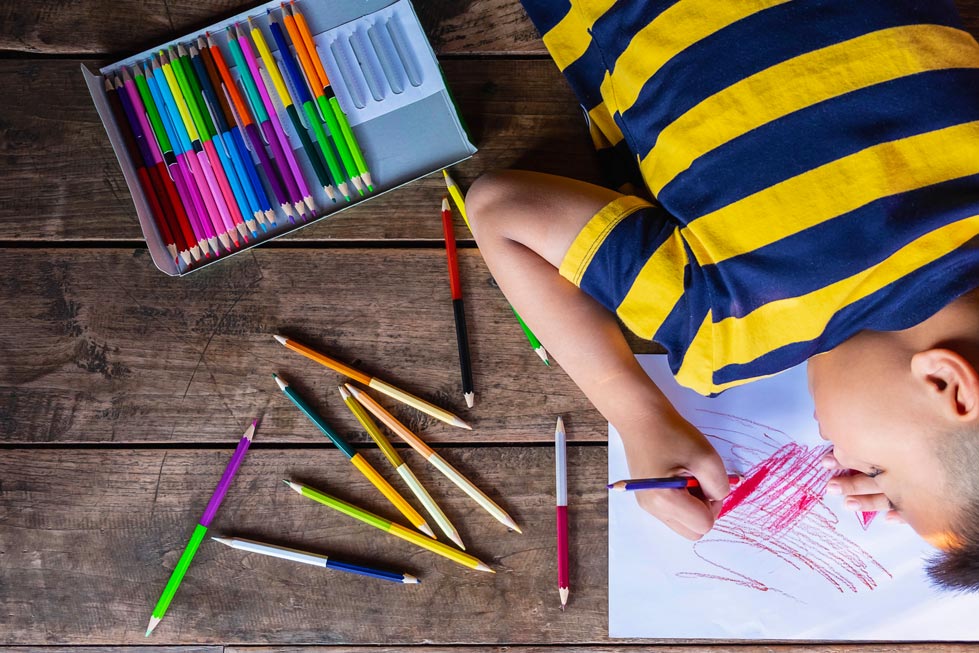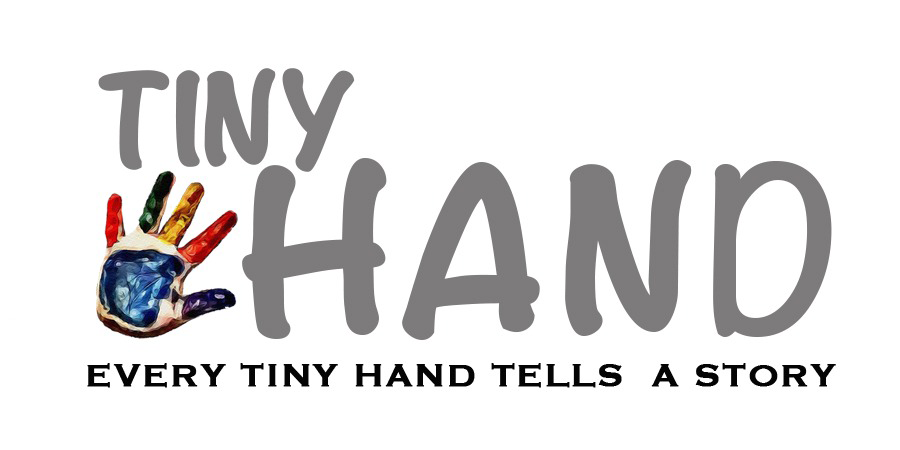How to keep children comfortable, entertained

As the new coronavirus pandemic continues to take hold of the world , more and more families find themselves in quarantine and isolation.
For children, this situation can be scary at worst and boring at best.
Here are tips to help parents quell quarantined children’s fears and keep them occupied:
Maintain a routine
Giving children structure makes them feel safe.
This means maintaining usual meal and sleep times as well as involving the kids in creating a new daily plan. Ask your child: How do you want to spend your day?
And remember, they’re making a big transition at home, and so we can keep that sense of stability by telling them there’s a certain time we wake up and just because they don’t like it doesn’t mean it’s not good for them.
Stay active
Spend an hour doing some kind of moment, such as crafting or cooking. Giving kids the power to choose this activity is also important.
Earn screen time
To avoid having kids and teens spend hours on their iPhones and Xboxes, create a system that lets kids earn their screen time.
“What about saying, ‘Look, here’s the vacuum, you take care of the living room, and you can have like 20 minutes of Minecraft,.
Although kids should be pitching in as a part of the family, this rewards system gives them a chance to develop some independence.
“Keep your sense of humor intact. Put your oxygen mask on first,” she said. “Ask for help when you need it. Talk to other parents, get help, and remember that this could be a hidden opportunity for parents because we often spend too much time entertaining our children.”
Have a conversation
Child psychologist Dr. Jonathan Kratter said the last thing a parent should tell a child who’s expressed concern over the coronavirus is “don’t worry.”
“When parents tell their kids, ‘Just don’t worry about it, it won’t affect you, it won’t bother you,’ kids feel like they’re not being heard,” he said. “What’s better is to say, ‘Tell me what you’re worried about? What have you heard in school? What are the kids saying?’ And then together, they can explore what’s real, what’s not real.”
And now,13 things to keep kids entertained if quarantined for coronavirus:
1. Sticker books
Kids _love_ stickers, and there are lots of sticker book options for kids of all ages. Melissa & Doug’s giant sticker pads come with over 100 reusable stickers that will provide loads of entertainment for toddlers. For older kids who know their numbers, opt for something that requires a little more concentration, like the Paint By Sticker Zoo Animals book.
2. Play-Doh
I don’t usually allow my kids to use Play-Doh inside the house, but desperate times call for desperate measures. Spread out an old sheet or some towels, and set the kids loose with a 36-pack of Play-Doh and the Play-Doh Kitchen Creations Magical Oven. They’ll use their imaginations and the colorful modeling compound to come up with lots of kooky “baked goods.”
3. Puzzles
Puzzles have the potential to keep kids—and adults—entertained for hours, especially if they’re old enough for one of the really complicated 5,000-piece ones. Puzzles help encourage problem-solving skills and boost memory, and they are fun to play over and over again. I like the MasterPieces Explorer Kids USA Map puzzle because it’s a great way for kids to learn about the United States. If you don’t want to have to move half-finished puzzles off a the dining room table, set-up a card table to serve as a puzzle station.
4. Art supplies
Never underestimate the power of markers, crayons, or paints to keep a child busy for long stretches of time. Even if your kid isn’t super artistic, providing them with a selection of fresh new art supplies can spark creativity.
Tags
Related Posts
Why are teachers’ faces covered in stickers? To get kids engaged in remote school
Diane Moon tried everything she could think of to get her students to participate in virtual learning: random name calls, breakout rooms, competitions for extra credit, movement breaks….
December 10, 2020Remote school is leaving children sad and angry
Her mother and sister rush in and ask what went wrong. Did the Internet go out again? Is her computer plugged in? Is the math too confusing? Sophia can’t really answer. …
November 28, 2020


